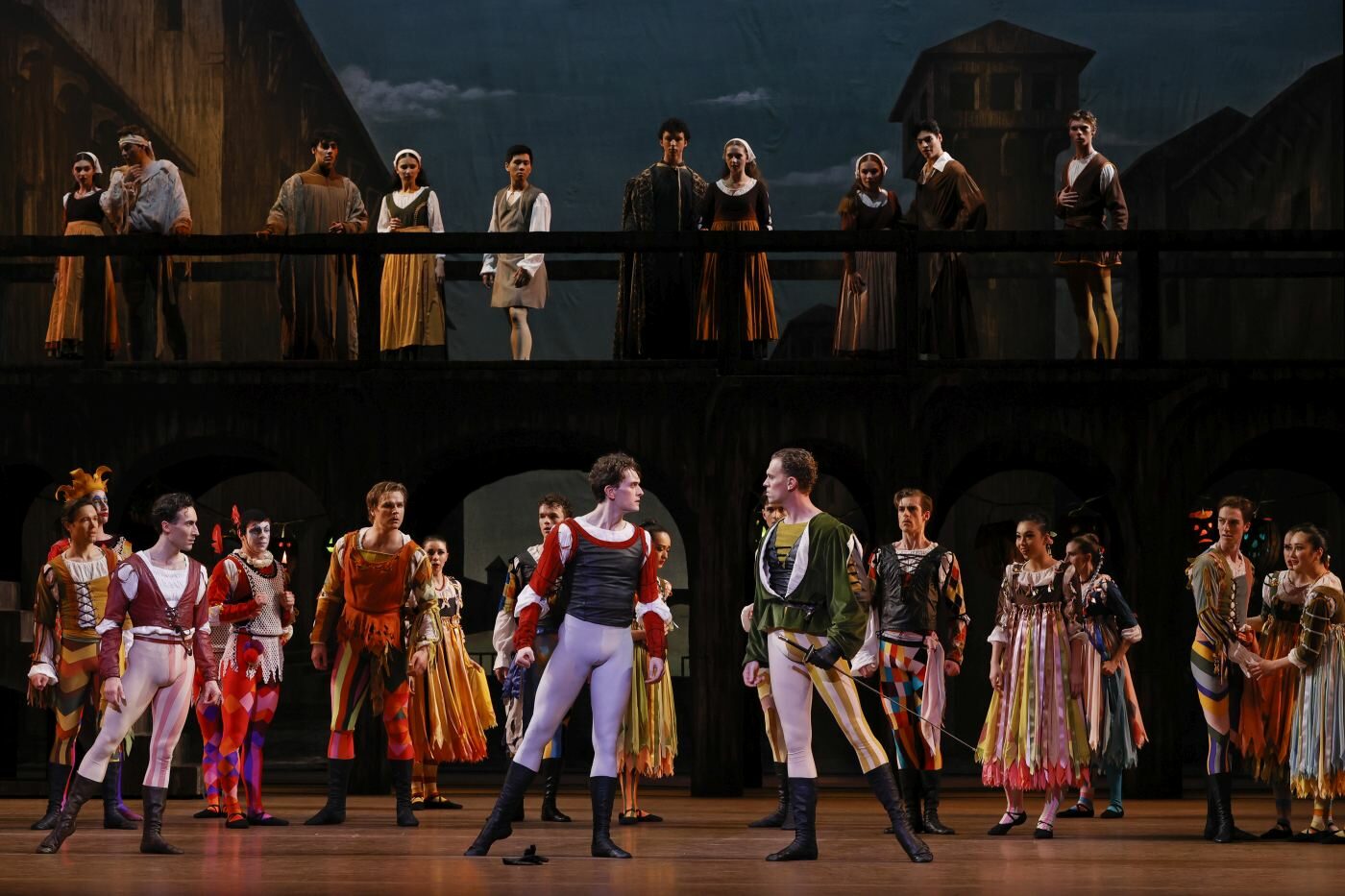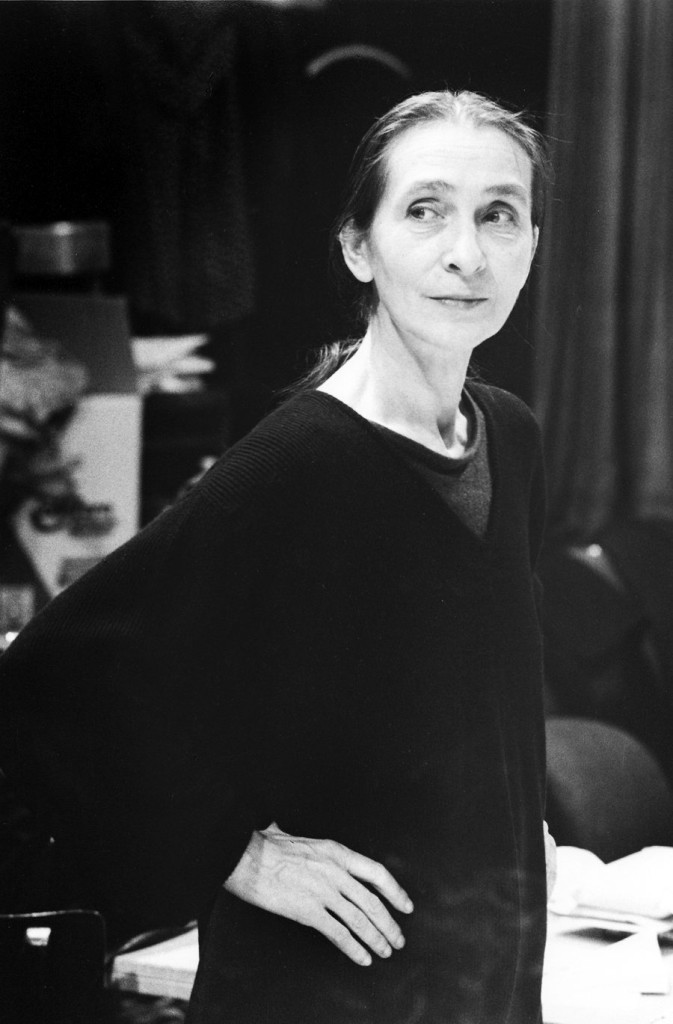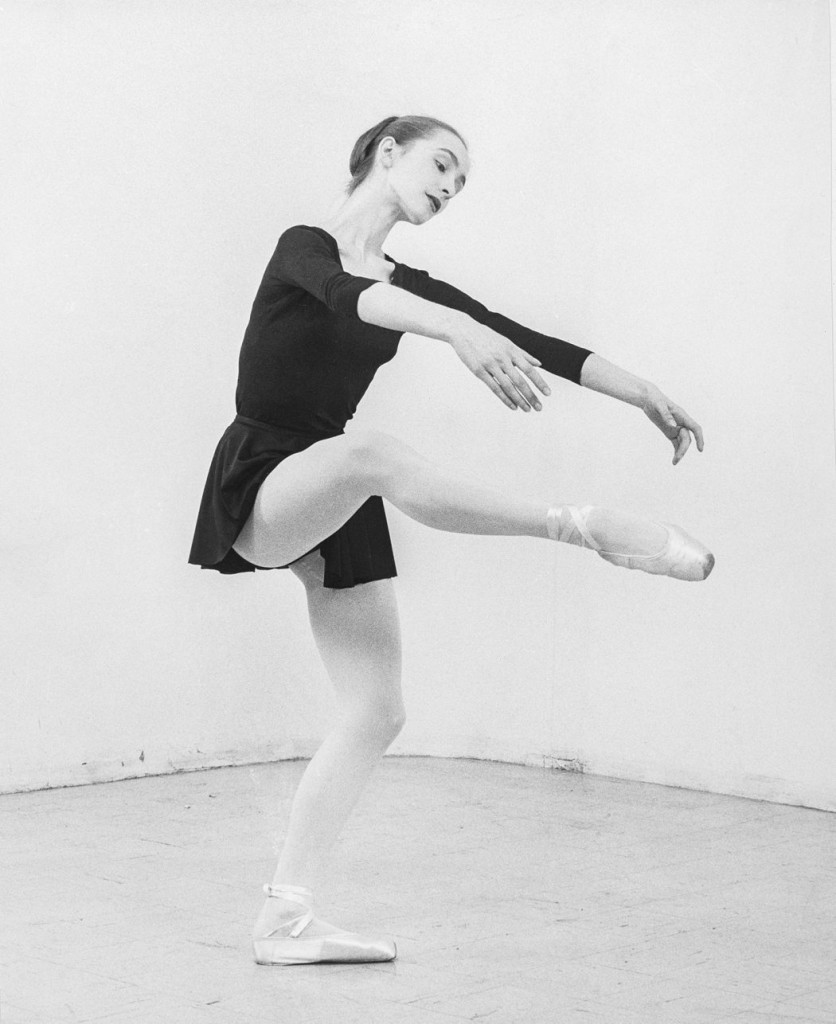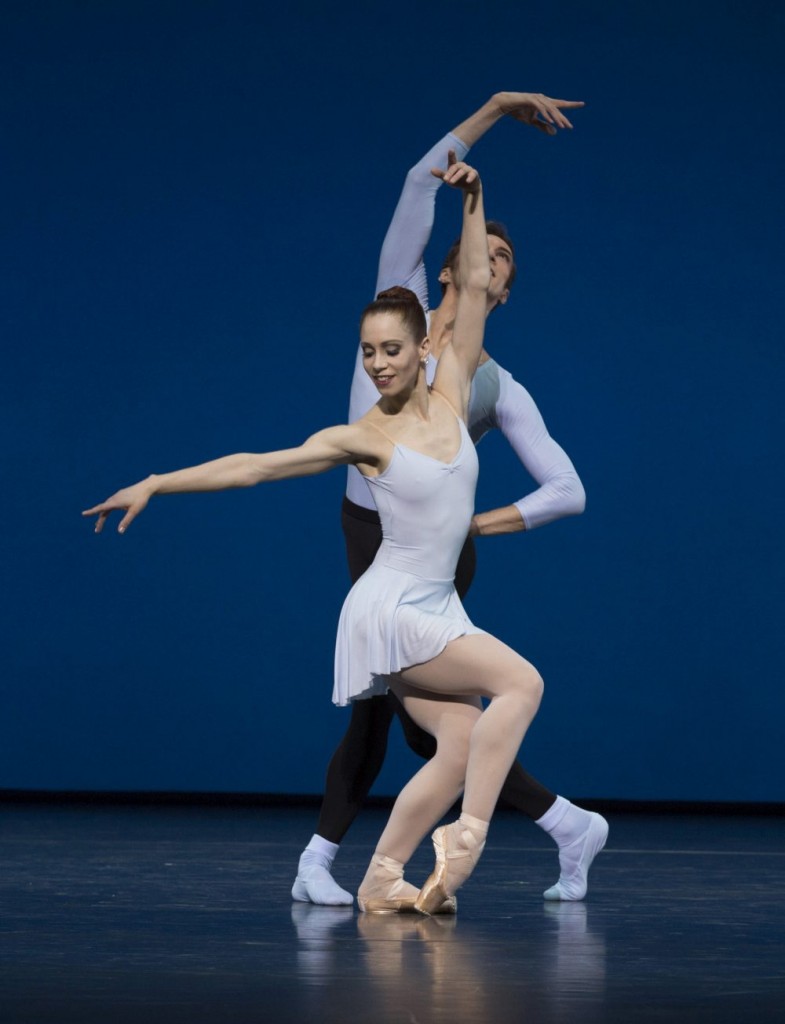Borrowed Dreams
“Nachtträume”
Ballet Zurich
Opernhaus Zurich
Zurich, Switzerland
September 30, 2022
by Ilona Landgraf
Copyright © 2022 by Ilona Landgraf
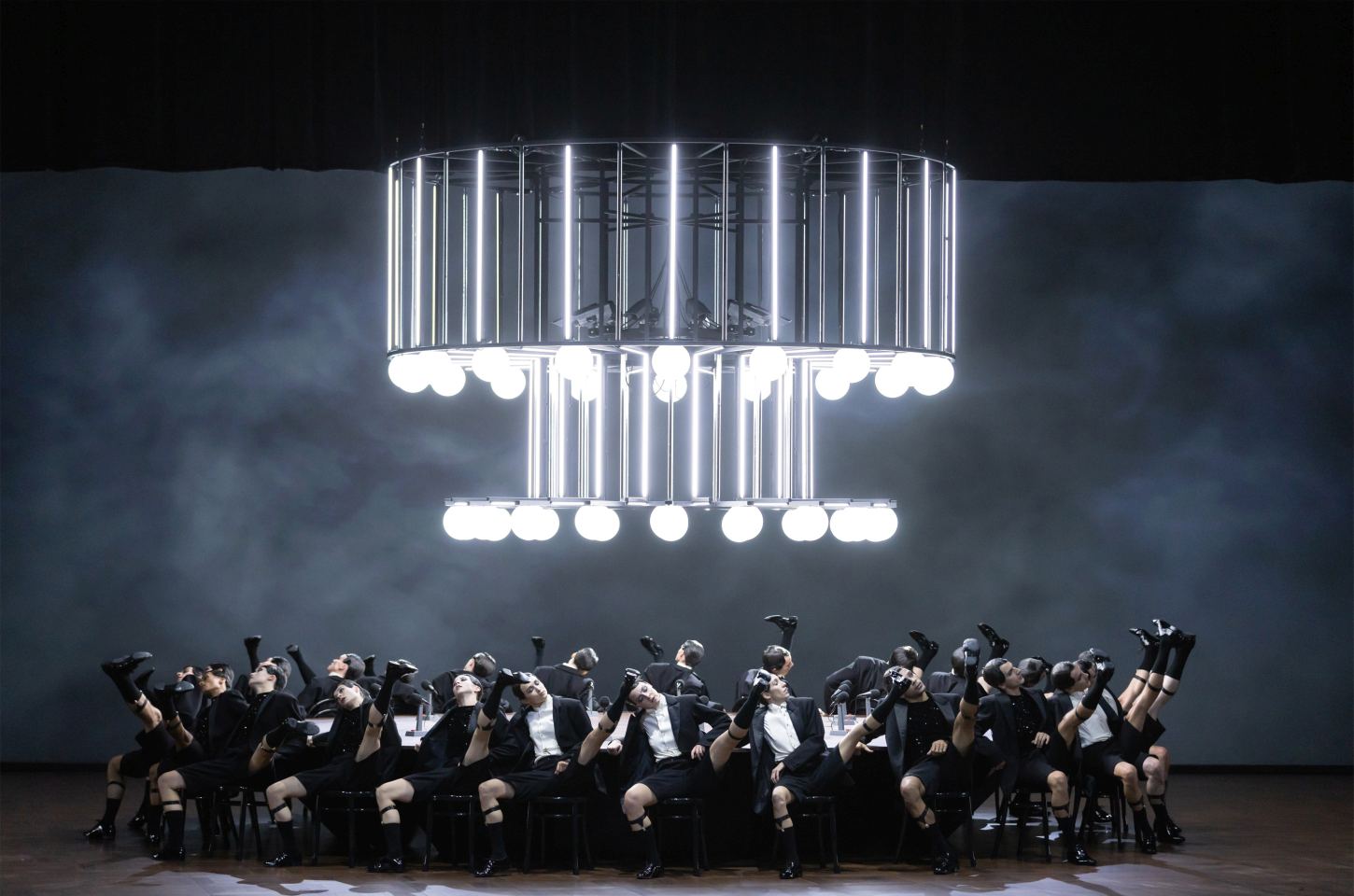 While many companies revive earlier ballets to warm up for a new season, the Ballet Zurich offered a premiere right away. The new one-act piece – “Nachtträume” – is Marcos Morau’s first creation for the company. The Spanish-born Morau has never danced professionally, but studied choreography, photography, dramaturgy and theory of the drama and runs the Barcelona-based company “La Veronal”.
While many companies revive earlier ballets to warm up for a new season, the Ballet Zurich offered a premiere right away. The new one-act piece – “Nachtträume” – is Marcos Morau’s first creation for the company. The Spanish-born Morau has never danced professionally, but studied choreography, photography, dramaturgy and theory of the drama and runs the Barcelona-based company “La Veronal”.
Hidden desires, dark fantasies, and – above all – themes of power and subordination make up the fabric of Morau’s gloomy dreams. His point of reference is Kurt Jooss’s “The Green Table”, a piece from 1932 that depicts ten diplomats bargaining about peace and war. It is a timely choice. Like Jooss, Morau uses a table – but his is round, much larger, and able to rotate, allowing for huge meetings. However, the office workers that tentatively crawl out from under the table are not string-pullers but underlings. (more…)
